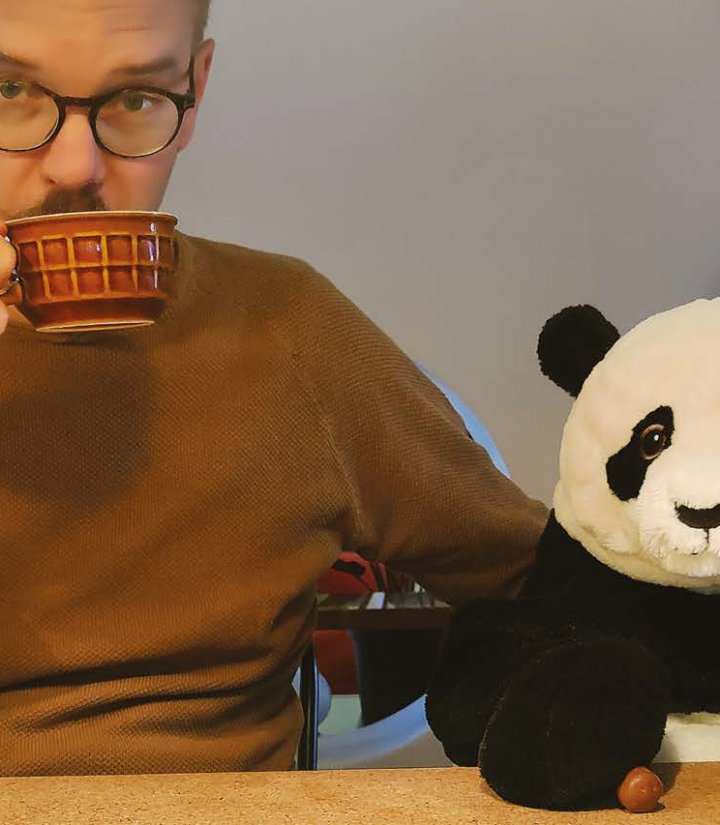Magnus Thuvesson is a competence development leader for topics related to children at IKEA Range & Supply. He runs a regular “Kids’ Panel” as a way to collaborate with children of all ages in the design of various IKEA products.
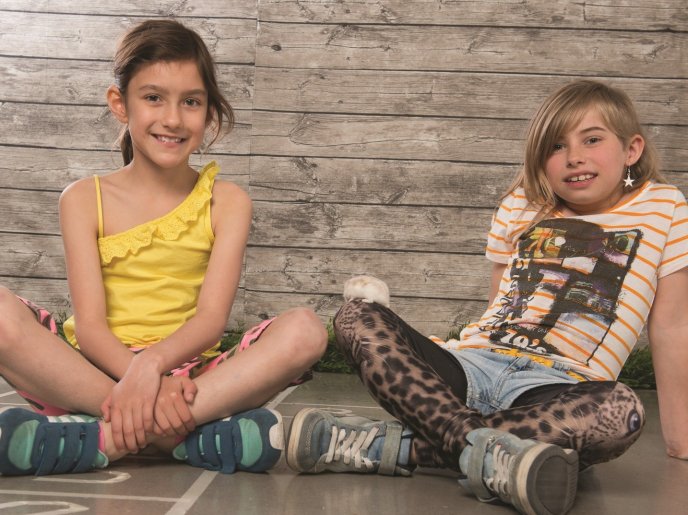
01. People are always impressed when I say that we collaborate with children, but it’s just basic design principles.
You have to start with the user, and in our case the user is a child. When you ask them for their views on life it doesn’t take much to realise that they have very different kinds of needs. Of course, it’s more challenging in many ways – we have to speak to them in a language we have maybe forgotten as adults – but it’s also a lot more fun.
02. It’s not just toys – you need to collaborate with kids to make wardrobes, too.
And all kinds of furniture in the home. When we were designing SMÅSTAD, we collaborated with three-year-olds. We put soft toys inside the wardrobe to see how far they could reach, and we played a bit of hide-and-seek. That way we understood things from a child’s perspective, like the fact that a messy room isn’t a problem for a kid most of the time – it’s only a problem for an adult.
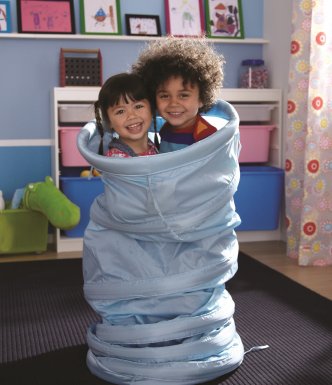
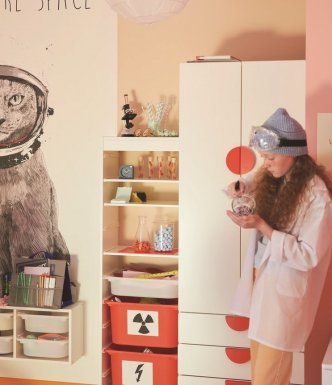
03. If you forget about mental wellbeing then we end up treating kids like robots.
There is lots of discussion about increasing awareness of movement and healthy eating, but it’s not a question of awareness – kids already know. It just adds more pressure on top of things like school work. We mustn’t forget that the right to education is one of the Articles in the Convention of the Rights of the Child, but so is the right to play. And sometimes these rights can compete. If we slip into thinking that kids just need ‘charging’ with the right food and the right amount of movement, then we forget that children have mental health needs too.
04. We fixate on ages in children.
We tend to explain everything they do by their age, and what’s ‘normal’ or within range for that year group. Why do we need it to be normal? I really dislike that word! If I’m having a problem, I don’t Google what’s normal for a 42-year-old. If someone’s late for a meeting, they don’t say it’s because they’re 23.
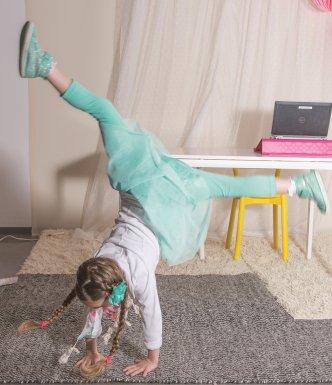
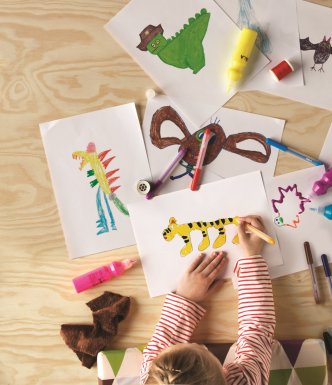
05. As adults, we get play fundamentally wrong.
I see two common mistakes. The first is that we dismiss play entirely by telling children to stop playing around – this overlooks the fact that play is a natural way of learning and developing, and so I suspect that adults who stop playing are also not developing. The second mistake is that play becomes too purpose-driven – the idea that you need to play in order to learn maths, or something. The magic of play happens only when you play for the sake of it. That’s when all the good things take place.
06. I’m really proud of how working with kids has made our children’s range so much more relevant for young people.
When we designed the lighting range, for example, we asked kids what they wanted and used that to brief our designers, then we got the kids to pick their favourite designs. So the lights you can find in stores today in the children’s range, like the PELARBOJ pencil mood light, are a direct result of that collaboration.

07. When we talk about children but not with them, we make them magical.
It means we fall into the habit of believing that ‘kids know what’s best for themselves’ rather than seeing them as whole and imperfect people. I was in a meeting with my daughter when someone said that kids know best, at which point my toddler dipped a toothbrush she was waving around into a glass of soda and started brushing her teeth. Kids don’t always know what’s best for them, but it’s our responsibility to listen either way.
08. Kids with their phones are here to stay.
The adult world treats it as a problem, but it’s clear that kids love their devices. We know there’s a shift towards more sedentary lifestyles when kids use tech, but it’s all about balance. So I would also like to have a more practical view on it – I think that time spent online comes with the same mix of opportunities and risks as time doing other kinds of activities in the real world, from getting active to meeting new people. So it’s worth considering that if we currently stay with our kids while they play in the park, maybe we should also stay with them while they play online.
I’m excited about the movement I see happening among young people. From the work we do, I can see that kids are really, really worried about the future. But they’re active and putting pressure on global leaders. As a big company, it’s our job to pay attention to what they have to say about the climate. And about wardrobes too.
I’ve learned so much from working with kids. But I’m also a parent, and I can tell you that no one is perfect.
As told to Katie McCrory.
Photos copyright Inter IKEA Systems B.V.
Download the full Life at Home Magazine 2021
